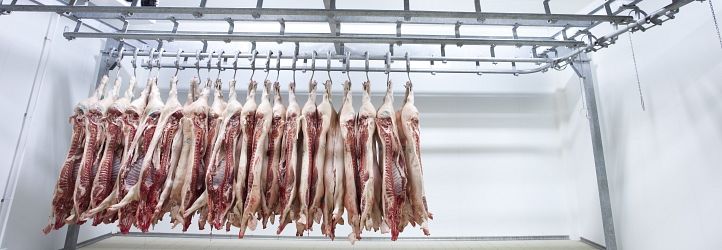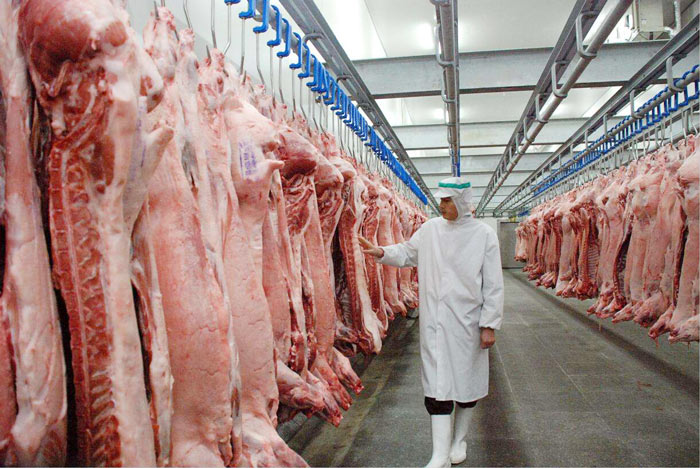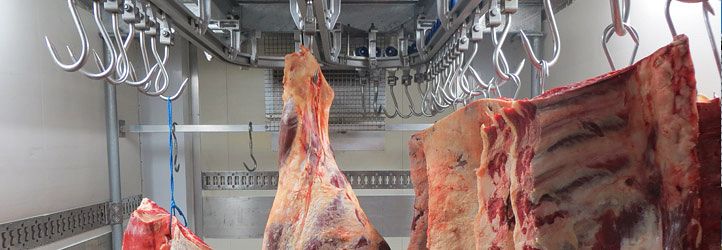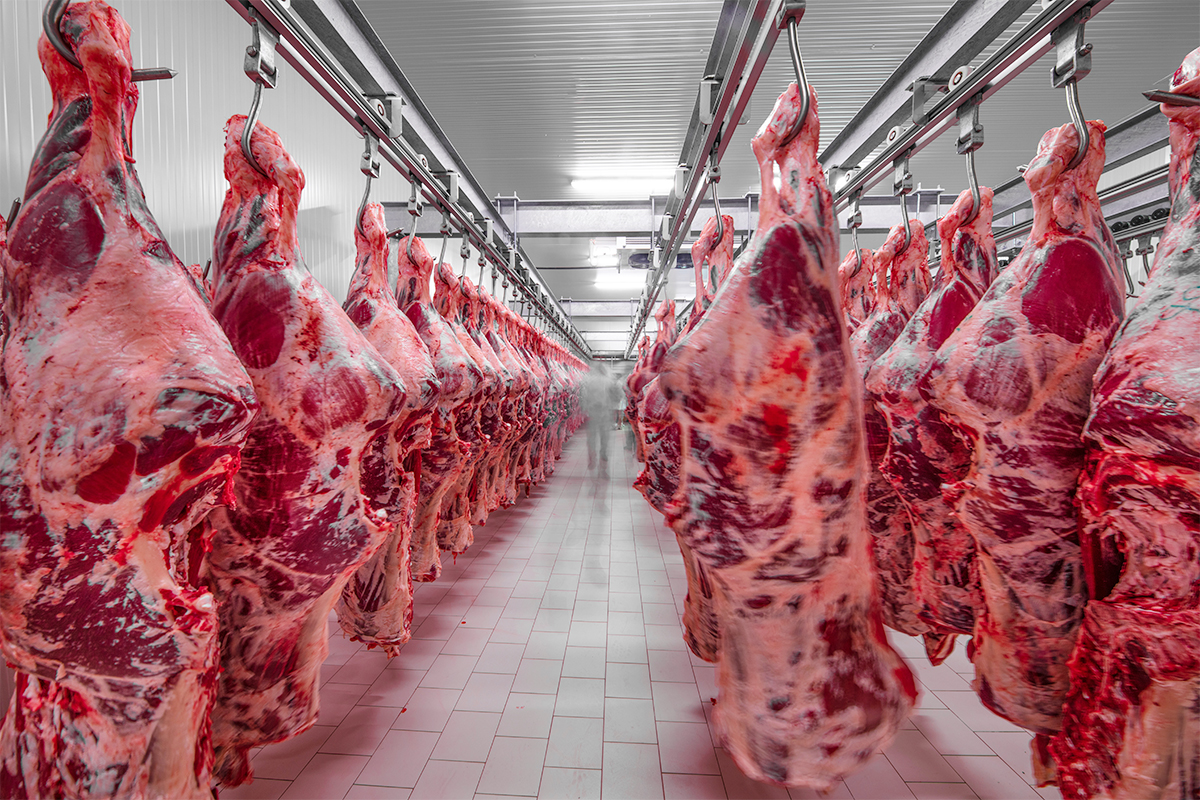Cold Room for Meat
Introduction to Meat Cold Rooms
Understanding the correct cold storage of meat whether frozen or chilled, is important if you want to produce that is as fresh, delicious, and safe as possible.
Harmful bacteria begin to multiply in raw meat from the moment an animal is slaughtered, making storage an incredibly time-sensitive process. If you want or need to prolong the life of meat as much as possible, it is essential that you follow the correct safe storage procedures.
From optimum storage temperatures for chilled and frozen meat to the most cost-effective ways to store it, this guide will help you get the most out of your product.

Meat cold rooms are suitable for storing meat, seafood, and poultry, and are popularly used in the frozen meat processing, retail, and wholesale industries.
The types of meat that can be stored include beef, mutton, pork, dog, chicken, duck, goose, fish, seafood, and other meat products.
Meat cold rooms play a crucial role in ensuring the quality and safety of meat products. Proper storage of meat is essential to maintain freshness, flavor, and nutritional value.
Cold rooms designed specifically for meat storage provide a controlled environment to keep meat at optimal temperatures and humidity levels, extending its shelf life and reducing the risk of spoilage.
Hygienic Design and Easy Cleaning:
Cold rooms designed for meat storage are constructed with materials that are easy to clean and maintain. Hygienic design features prevent contamination and ensure food safety standards are met.
Proper Air Circulation:
Efficient air circulation within the cold room helps in maintaining uniform temperatures and prevents the formation of hot spots or areas with inconsistent cooling.
Safety and Security Measures:
Meat cold rooms are equipped with safety features such as alarms for temperature fluctuations, ensuring prompt response to any issues that may compromise the stored products.


Choosing the Right Meat Cold Room Solution
When evaluating storage options, it’s important to recognize that not all meats are the same, and their storage requirements vary. Factors such as fat and water content, as well as the size of the cut, will determine how long a piece of meat should be stored in a cold room.
Pre-cooling Room:
- This room is maintained at temperatures around 0°C to -2°C. Its purpose is to cool the meat gradually to around 4°C, preparing it for further storage.
Cold Room for Meat:
- Meat is stored at temperatures ranging from -5°C to +5°C in these rooms. This temperature range helps to maintain the freshness and quality of the meat products.
Meat Freezer Room
- For long-term storage, meat is frozen at temperatures between -15°C to -30°C or even lower. This ensures that the meat remains preserved for extended periods.
Meat Blast Freezer Room
- This specialized room allows for rapid freezing of meat at temperatures between -30°C to -45°C or lower. The quick freezing process helps to retain the texture, flavor, and nutritional value of the meat.


Refrigeration Temperature And Time
Bacteria multiply most rapidly within the temperature range known as the ‘danger zone,’ which spans from 5°C to 63°C. Cold temperatures help prevent the multiplication of bacteria and pathogens, ensuring the safety and quality of the food.
The ideal storage temperature for meat varies depending on the type of meat. Generally, temperatures between 32°F to 40°F (0°C to 4°C) are recommended for refrigerated storage, while temperatures below 0°F (-18°C) are suitable for frozen storage. It is essential to refer to specific guidelines for different types of meat to ensure optimal storage conditions.
The lower the storage temperature, such as between -18°C to -23°C, the longer the meat can be stored. However, it’s important to note that lower temperatures come with increased cold storage costs and operating expenses.
| Food | Freezing Time |
|---|---|
| Beef | 12 months |
| Beef mince | 6 months |
| Veal | 10 months |
| Lamb | 12 months |
| Pork | 8 months |


